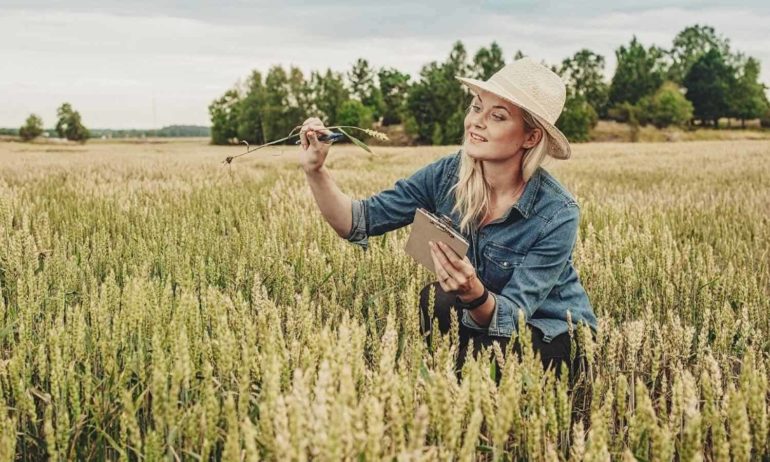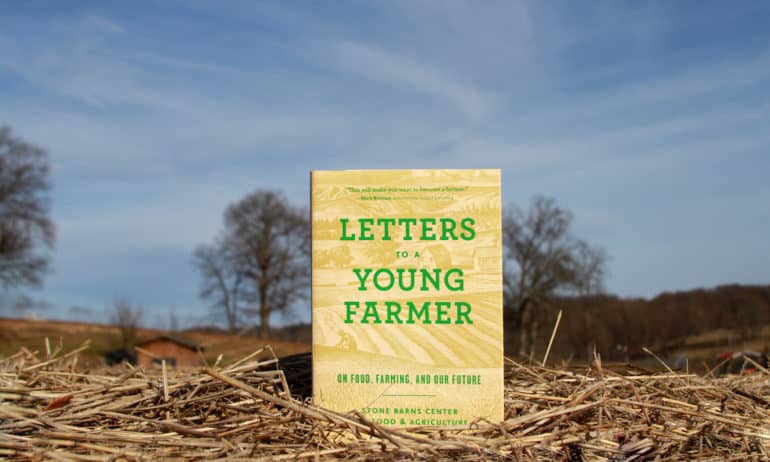Busy, busy, busy…This quarter has been huge for our young agripreneurs in the GFAR-YPARD Young Agripreneurs Project. It's now 10 months on since
-
About
- Our Work
- Get Involved
- Stay Updated
Highlights
 On average, women represent 43 percent of the world’s agricultural labor force and 47 percent of the global fisheries labor force, according to the Food and Agriculture Organization of United Nations (FAO). These hard-working women produce more than half of the world’s food, despite being less than half of the labor force. Additionally, women account for 60 to 80 percent of food production in developing countries. A crop yield gap of about 20-30 percent between male and female farmers is largely due to differential access to resources and inputs. In fact, if the world’s women farmers had the same access to resources as men, 150 million people could be lifted out of poverty, according to the FAO. Women fill this gap by working up to 13 hours per week longer than men in agriculture.
On average, women represent 43 percent of the world’s agricultural labor force and 47 percent of the global fisheries labor force, according to the Food and Agriculture Organization of United Nations (FAO). These hard-working women produce more than half of the world’s food, despite being less than half of the labor force. Additionally, women account for 60 to 80 percent of food production in developing countries. A crop yield gap of about 20-30 percent between male and female farmers is largely due to differential access to resources and inputs. In fact, if the world’s women farmers had the same access to resources as men, 150 million people could be lifted out of poverty, according to the FAO. Women fill this gap by working up to 13 hours per week longer than men in agriculture.“Women are the priority. The majority of smallholder farmers in Africa are women and, in urban areas, you’re primarily looking at women-led households. So we can’t solve hunger if we don’t have gender-sensitive programming that addresses access to opportunities for women, whether it’s through education or tools for cooking, like solar-powered stoves,” says Ertharin Cousin, executive director of the U.N. World Food Programme.
 When it comes to choosing careers, many young people in the developing world tend to shy away from agriculture. Therefore, engaging youth in agriculture has been a prominent topic recently and has risen up the development agenda, as there is growing concern worldwide that young people have become disenchanted with agriculture.
When it comes to choosing careers, many young people in the developing world tend to shy away from agriculture. Therefore, engaging youth in agriculture has been a prominent topic recently and has risen up the development agenda, as there is growing concern worldwide that young people have become disenchanted with agriculture.Here are 10 reasons why youth should consider studying agriculture….

Busy, busy, busy…This quarter has been huge for our young agripreneurs in the GFAR-YPARD Young Agripreneurs Project. It’s now 10 months on since they thrilled the audiences at GCARD3 with their enthusiasm, drive and energy in describing their projects. These have all started with the young agripreneurs matched with mentors, engaged in coaching and training, and utilizing their seed funding aligned with their business plans. There have been the inevitable ups and downs – all part of being a young agripreneur and it’s great to see that they are all on track and embracing the challenges and opportunities that the YAP project has offered.
 Youth are the future of farming: can they lead the way in a changing climate?
Youth are the future of farming: can they lead the way in a changing climate?The future of farming may very well lie in scientific progress, economic interventions, and binding international agreements, but none of these approaches will succeed without buy-in from those who matter most – the farmers themselves. To be specific, young farmers, who are the future of farming.
Have you thought about your future career in agriculture? What are you doing now to get ready for the world of work or to change
 Stone Barns Center for Food and Agriculture just released Letters to a Young Farmer, a book which compiles insight from some of the most influential farmers, writers, and leaders in the food system in an anthology of essays and letters.
Stone Barns Center for Food and Agriculture just released Letters to a Young Farmer, a book which compiles insight from some of the most influential farmers, writers, and leaders in the food system in an anthology of essays and letters.The United States is on the cusp of the largest retirement of farmers in U.S. history, with more farmers over the age of 75 than between the ages of 35 and 44. Letters to a Young Farmer aims to help beginning farmers succeed through advice and encouragement, while inspiring all who work in or care about the food system. Among the 36 contributors to the book are thought leaders Barbara Kingsolver, Bill McKibben, Michael Pollan, Dan Barber, Temple Grandin, Wendell Berry, Rick Bayless, and Marion Nestle. I was honored to contribute to the book as well!

President Nana Addo Dankwa Akufo-Addo has expressed his government’s resolve to make the agricultural sector attractive to encourage the youth to go into farming.

Busy, busy, busy…This quarter has been huge for our young agripreneurs in the GFAR-YPARD Young Agripreneurs Project. It’s now 10 months on since they thrilled the audiences at GCARD3 with their enthusiasm, drive and energy in describing their projects. These have all started, with the young agripreneurs matched with mentors, engaged in coaching and training, and utilizing their seed funding aligned with their business plans. There have been the inevitable ups and downs – all part of being a young agripreneur and it’s great to see that they are all on track and embracing the challenges and opportunities that the YAP project has offered.
Page 18 of 116
Get in touch
Email: [email protected]
YPARD Global Coordination UnitHosted by AGRIDEA and the Czech University of Life Sciences Prague
Lausanne, Switzerland and Prague, Czech Republic - Our Work







